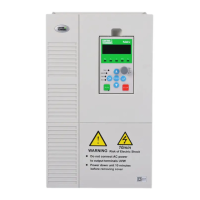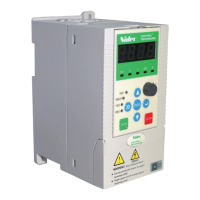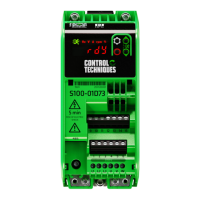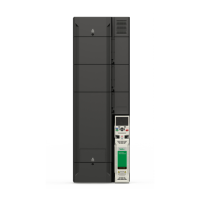Unidrive M/HS Frame 5 to 6 Power Installation Guide 73
Issue Number: 9
Safety information Product information Mechanical installation
Electrical installation
Technical data UL listing information
4.12.3 General requirements for EMC Ground (earth) connections
The grounding arrangements should be in accordance with Figure 4-15, which shows a single drive
on a back-plate with or without an additional enclosure.
Figure 4-15 shows how to configure and minimise EMC when using unshielded motor cable.
However shielded cable is a better option, in which case it should be installed as shown in section
4.12.5 Compliance with generic emission standards on page 76.
Figure 4-15 General EMC enclosure layout showing ground connections
External
controller
0V
If the control circuit 0V
is to be grounded, this
should be done at the
system controller only to
avoid injecting noise
currents into the 0V circuit
Metal backplate
Grounding bar
PE
~
PE
If ground connections are
made using a separate
cable, they should run
parallel to the appropriate
power cable to minimise
emissions
Use four core cable to
connect the motor to the drive.
The ground conductor in the
motor cable must be connected
directly to the earth terminal of
the drive and motor.
It must not be connected directly
to the power earth busbar.
The incoming supply ground
should be connected to a
single power ground bus bar
or low impedance earth
terminal inside the cubicle.
This should be used as a
common 'clean' ground for all
components inside the cubicle.
3 phase AC supply
Optional EMC
filter
Metal backplate
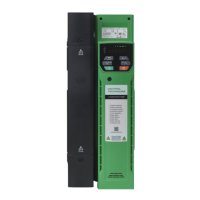
